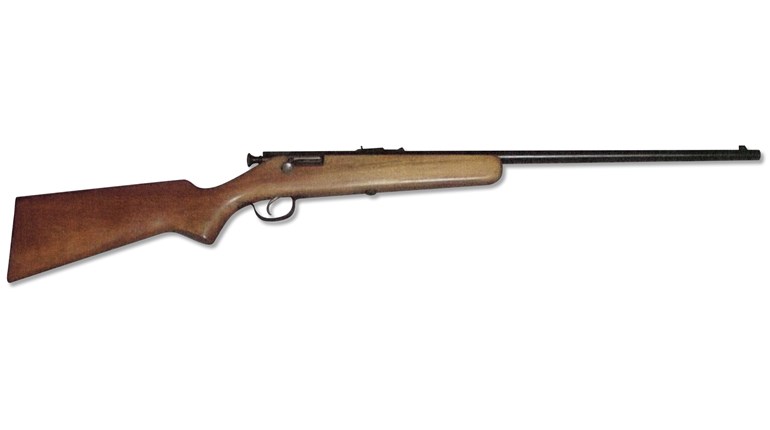
Although enjoyable, an addiction to speed and steel can lead us down the path to poor marksmanship skills and a loss of precision-shooting ability. After all, at close range it's pretty easy to get hits on a big steel target, even as we jerk the trigger or forget about the front sight.
The cure for this addiction is an inoculation of precision: After banging and clanging, work on some precision shooting to reinforce sight alignment, trigger control, follow-through and all those other boring but exceedingly necessary fundamentals.
As an example, I often start a practice session with precise head shots at 3 to 7 yards, move on to fast pairs on single and multiple targets, and then run through failure drills. I finish by shooting at steel from a standing position using both hands at 25 yards and one hand at 50 yards. My practice session starts with fast, precise shots at close range and ends with slow, precise shots at long range. I force myself to put precision back into my shooting regimen, even though it's much harder and I do not enjoy it nearly as much as shooting faster and closer.
The Change-Up is a drill to which I was first exposed in Gunsite's 499 Advanced Pistol class. Col. Jeff Cooper said the Change-Up was one of the two most difficult drills he devised because it combines speed with precision. (The other was a single shot, standing, starting from the holster, on a 10-inch steel plate at 25 yards in 2 seconds. Try it sometime.)
For the Change-Up Drill, you will need a torso-size steel silhouette target placed at 7 yards and an 8-inch, round steel plate at 60 yards. On the start signal, with the pistol in the holster, draw and hit the silhouette twice, and follow by ringing the 8-inch plate once. That's it—three hits, and the best time wins.
On a good day, highly skilled shooters can sometimes run this drill in less than 3 seconds, firing all three shots while standing. Others will take considerably more time, dropping to the braced kneeling position or prone for the last shot. I've seen many a shooter fire through three magazines and never finish. It's a tough drill.
If you don't have a steel silhouette, substitute a cardboard or paper target. Depending on your skill level, there is nothing wrong with moving the second stop plate closer and then gradually moving it back as your hits increase. Practice shooting the stop plate from standing, kneeling and prone, and take the time to learn where you need to hold to get a hit as the range increases. For example, my usual hold on a round plate at 50 yards or so is with the top of the front sight on the top edge of the plate.
The Change-Up combines gun-handling skills, speed shooting and precision. If you can smoke it, Jeff Cooper will be smiling down on you from Valhalla.




































